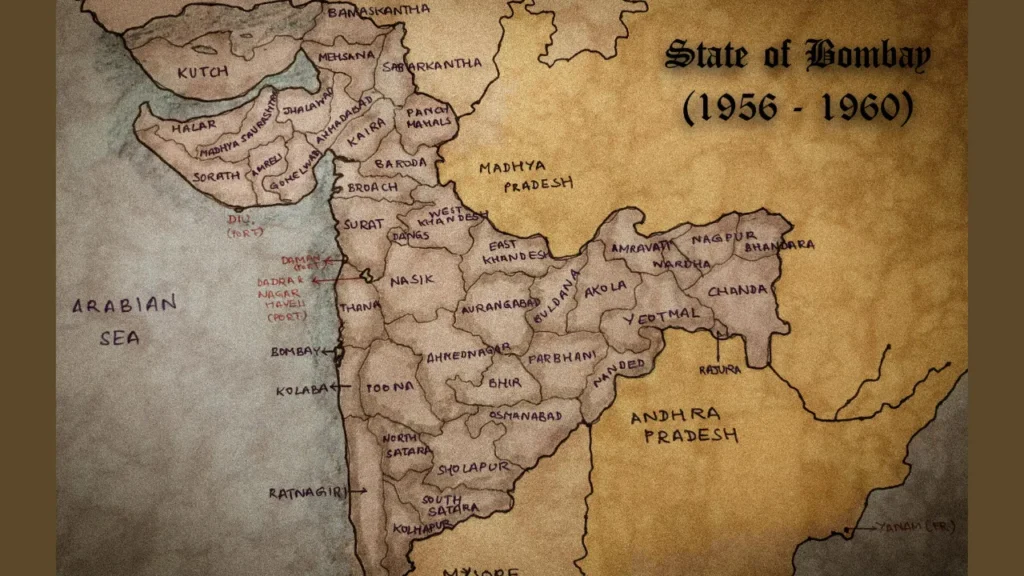
Gujarat Day: A History of Separation from Bombay
As someone who has lived in Gujarat for most of my life, the topic of the state’s separation from Bombay is one that has always interested me. Growing up, I heard various stories about the reasons behind the split, and it wasn’t until I studied the history of the region that I gained a better understanding of the events that led to the creation of the state of Gujarat. I will share my perspective on the separation of Gujarat from the state of Bombay and shed some light on the historical events that led to this significant change.
Table of Contents

Background:
Bombay was a large state that encompassed a vast territory of Western India, including present-day Gujarat and Maharashtra. In the early 20th century, the state was a melting pot of various cultures, religions, and languages. However, the residents of Gujarat felt that their needs were not being adequately addressed by the Bombay government, which led to widespread dissatisfaction and demands for autonomy.
The Mahagujarat Movement:
The Mahagujarat Movement was a political movement that aimed to create a separate state for Gujarati-speaking people in India. The movement gained momentum in the 1950s, and it was spearheaded by leaders like Indulal Yagnik and Jayaprakash Narayan. The movement was motivated by a desire to create a state that would be more responsive to the needs of Gujarati-speaking people and promote their cultural identity.
The Movement gains momentum:
The movement gained momentum in the 1960s when the Gujarat State Legislative Assembly passed a resolution calling for the separation of Gujarat from Bombay. The resolution was met with resistance from the Bombay government, which argued that the separation would lead to the fragmentation of the region and weaken the state’s economy. However, the Mahagujarat Movement persisted, and in 1960, the state of Gujarat was created.
Reasons for separation:
There were several reasons why Gujarat was separated from Bombay. One of the main reasons was the cultural and linguistic differences between the two regions. Gujarati-speaking people felt that their language and culture were not given adequate representation in the Bombay government, and they believed that the creation of a separate state would allow them to promote their identity and traditions more effectively.
Another reason for the separation was the economic differences between the two regions. Gujarat was a predominantly agricultural region, while Bombay was a hub of industry and commerce. Gujarati-speaking people believed that the Bombay government was more focused on promoting the interests of industrialists and businessmen, rather than addressing the needs of farmers and rural communities.
Conclusion:
The separation of Gujarat from the state of Bombay was a significant event in the history of Western India. The creation of the state was motivated by a desire to promote the cultural identity of Gujarati-speaking people and address the economic needs of the region. While the separation was met with some resistance, it ultimately led to the creation of a state that has been able to promote the unique identity of its people and achieve economic growth and development.



